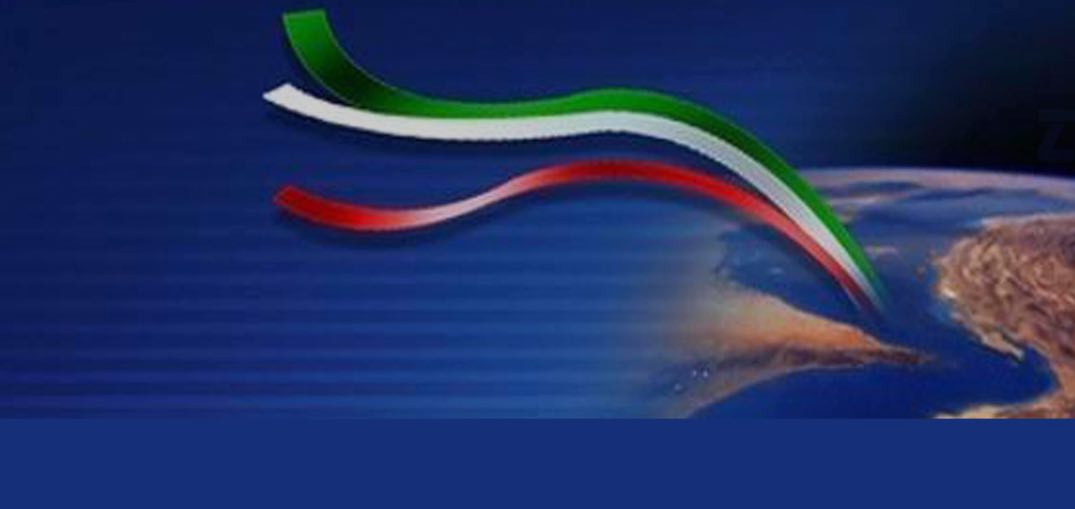Why the Twenty-Year Vision Document Failed
Why the Twenty-Year Vision Document Failed
Throughout its existence, the Islamic Republic has emphasized actions over structures and narratives over realities. This voluntarism is most evident in the drafting of the Vision Document. How can one claim to achieve the top regional position in all fields by relying on a set of aspirations without outlining a mechanism for transformation in domestic and foreign policy in line with rapid global processes? This is primarily due to a limited understanding of the governance capacities in today’s Iran.
On November 4, 2003, the twenty-year Vision Document of the Islamic Republic was approved during Mohammad Khatami’s administration and entered the implementation phase two years later under Mahmoud Ahmadinejad’s government. According to this document, Iran was supposed to achieve the top economic, scientific, and technological position in the region with an Islamic and revolutionary identity by 2025. However, more than twenty years after setting this horizon, not only have the announced goals not been achieved, but with Saudi Arabia and Turkey taking the lead in the region, Iran has settled for much lower positions compared to its vast potential. But why did this document suffer such a significant failure?
Exiting the path of development: Although the overall economic indicators of the country were growing until the late 2000s, with the implementation of sanctions on oil sales and central bank transactions, Iran entered its lost economic decade, the 2010s. Initially, although the political system showed willingness to exit the sanctions deadlock by electing Hassan Rouhani, the lack of adherence to the political and economic requirements for lifting sanctions and Trump’s withdrawal from the JCPOA created a nightmare known as the 2010s for Iran’s economy.
The dangers of development for the ruling class: The middle class is considered the driving force of development in today’s world. This class, according to Inglehart, has transitioned from survival values to self-expression values and poses new demands. Although this class experienced upward growth until 2009, it was after the elections of that year that Iran, under the shadow of sanctions and the government’s sense of threat, witnessed the decline of this development-oriented social force.
Lack of adherence to development requirements: Development in today’s world is not accidental but deeply based on rules such as calculable political behavior, constructive international relations, adherence to an economy-based order, and the increasing production of national wealth. However, what we have seen from the Islamic Republic so far is a clear lack of loyalty to these requirements. The same political system that, by relying on exceptionalism instead of rule-based approaches, idealism instead of realism, military presence instead of economic presence, and ideological notions instead of scientific data, attempts to claim the establishment of a new order in today’s world, disregarding its own capacities.
Dominance of narratives over realities: Throughout its existence, the Islamic Republic has emphasized actions over structures and narratives over realities. This voluntarism is most evident in the drafting of the Vision Document. How can one claim to achieve the top regional position in all fields by relying on a set of aspirations without outlining a mechanism for transformation in domestic and foreign policy in line with rapid global processes? This is primarily due to a limited understanding of the governance capacities in today’s Iran, which has led to increasing inefficiency in recent decades.

